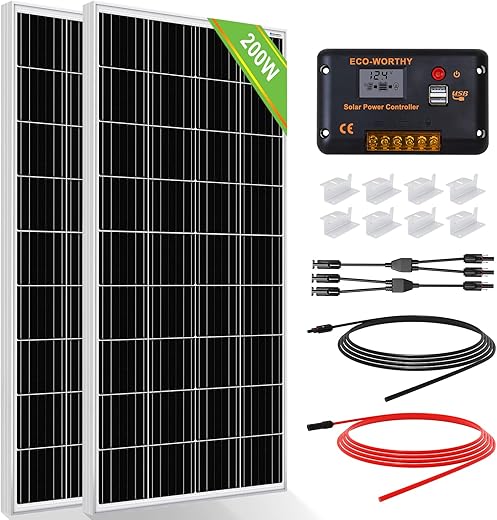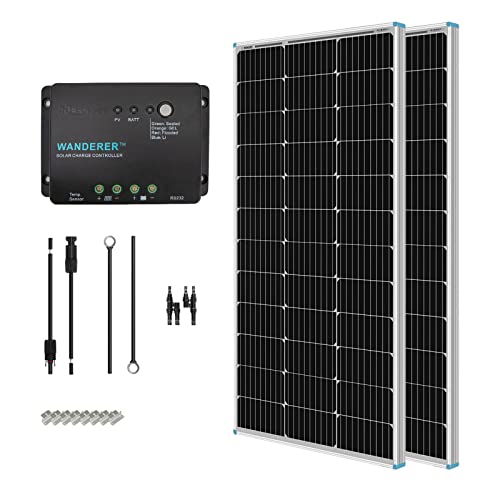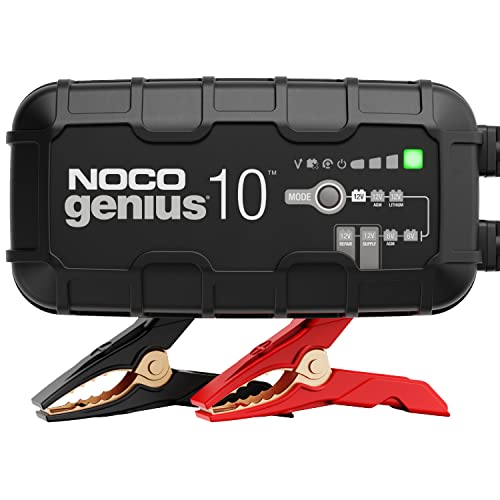In this step-by-step guide, we will show you how to store excess solar energy. As we all know, solar panels are a great source of clean and renewable energy. They work by converting sunlight into electricity, which can be used to power our homes and businesses. However, one challenge with solar energy is that it is only produced during daylight hours, which means that there may be times when there is excess energy that is not being used. This is where storage comes in. By following the steps in this guide, you will be able to store the excess solar energy and use it later when the sun is not shining. This will not only help to reduce your dependence on the grid, but also allow you to become more self-sufficient and sustainable. So, let’s get started on our journey to storing excess solar energy!
Top-Selling Solar Panel Options
Assess your energy needs
To determine the amount of excess solar energy you want to store, calculate your average daily energy consumption and estimate the portion that can be met by solar power. Assess your energy needs by considering factors such as the number of appliances you want to power and the total wattage they require. Once you have a clear idea of your energy requirements, you can plan how to use the excess solar energy effectively, whether it’s for charging batteries, heating water, or powering other devices.
Choose a suitable energy storage system
Research and select the best energy storage system that meets your needs. Determine whether batteries, power-to-gas, or thermal storage is the most suitable option for you. Evaluate the advantages and disadvantages of each system, considering factors such as cost, efficiency, capacity, and lifespan. Compare different models and brands, and consult experts or read reliable sources to make an informed decision. Finally, make your selection based on your specific requirements and goals.
Install the energy storage system
To ensure a proper installation of the energy storage system and its connection to your solar panel system, it is recommended to hire a professional installer. They have the expertise and experience to handle the installation process safely and efficiently. A professional installer will also be able to troubleshoot any potential issues and optimize the performance of your system. By hiring a professional, you can have peace of mind knowing that your energy storage system is set up correctly and will work seamlessly with your solar panels.
For example, a professional installer will have the knowledge to properly connect the energy storage system to your existing solar panel system. They will ensure that all the necessary wiring and electrical connections are made correctly, minimizing the risk of any electrical problems or malfunctions. Additionally, they will be able to assist with any necessary permits or inspections that may be required for the installation, ensuring compliance with local regulations.
In summary, hiring a professional installer for the energy storage system installation is crucial for a seamless integration with your solar panel system. Their expertise will ensure a safe and efficient installation, providing you with the full benefits of your energy storage system.
Monitor your energy production and consumption
To monitor your energy production and consumption, you can make use of energy monitoring tools. These tools allow you to keep track of the amount of energy your solar panels generate and the amount you consume. For instance, you can install a solar energy monitoring system that provides real-time data on the energy produced by your panels and how much energy you are using. By monitoring these metrics, you can identify any discrepancies and take necessary actions to optimize your energy usage.
Optimize your energy usage
To adjust your energy consumption habits and maximize the use of your stored solar energy, start by running your appliances during daylight hours. This allows you to take advantage of the surplus energy generated by your solar panels. By doing so, you can reduce your reliance on the grid and make the most efficient use of your solar power system.
Maintain your energy storage system
Regularly inspect and maintain your energy storage system to ensure its efficient operation and longevity. Check the battery regularly for any signs of damage or wear, such as corrosion or leaks, and clean it if necessary. Monitor the charging and discharging cycles to ensure the battery is functioning optimally. Additionally, keep the system’s surrounding area clean and free from any potential obstructions or hazards that may impact its performance. Following these simple steps will help maximize the lifespan and effectiveness of your energy storage system.
Consider grid integration
To fully optimize the benefits of your energy storage system, it is crucial to explore options for connecting it to the power grid. This will enable you to sell any excess energy your system generates, as well as draw power from the grid during periods of low solar production. Here are some steps to guide you through the process:
- Evaluate local regulations and requirements: Familiarize yourself with local regulations and requirements for grid integration. Contact your energy provider or local authorities to understand the necessary permits, technical specifications, and any potential restrictions.
- Assess your energy storage system capabilities: Determine the capacity and capabilities of your energy storage system. Consider factors such as its size, efficiency, and compatibility with grid integration technologies. This assessment will help you understand the potential benefits and limitations of integrating your system with the grid.
- Research grid integration technologies: Explore various grid integration technologies available in the market. These may include inverters, bi-directional meters, and smart power management systems. Research their compatibility with your energy storage system and compare their features, costs, and reliability.
- Consult a qualified professional: Seek guidance from a qualified professional, such as an electrical engineer or renewable energy specialist, who can assess your specific situation and recommend the best grid integration solutions for your needs. They can assist with the installation and ensure compliance with safety standards.
- Evaluate financial considerations: Consider the financial aspects of grid integration, including potential revenue from selling excess energy and the cost of implementing required technologies. Calculate the return on investment and consider any available incentives or subsidies for grid-connected energy storage systems.
Remember, grid integration can greatly enhance the value of your energy storage system by providing flexibility and additional revenue streams. Proper planning, research, and professional consultation are essential to ensuring a successful and efficient integration process.
Ensure safety precautions
Follow all safety guidelines and regulations when working with energy storage systems, especially when handling batteries. Wear appropriate personal protective equipment (PPE) such as gloves and safety goggles. Ensure that batteries are properly stored, labeled, and secured to prevent any accidents or leaks. Regularly inspect batteries for damage or signs of wear and report any issues immediately to your supervisor.
Stay updated with industry advancements
To stay updated with industry advancements in energy storage, follow these steps:
- Subscribe to industry newsletters and publications: Sign up for newsletters from reputable sources in the energy storage sector to receive timely information about new technologies and innovations. Industry publications or magazines also provide valuable insights and analysis.
- Attend conferences and networking events: Participate in conferences, workshops, and seminars related to energy storage. These events offer opportunities to learn about the latest advancements firsthand, engage with industry experts, and expand your professional network.
- Follow industry influencers and thought leaders on social media: Utilize social media platforms to follow industry influencers, thought leaders, and organizations involved in energy storage. They often share valuable information, news, and research papers that can keep you up to date with the latest trends and developments.
- Join professional associations and online forums: Become a member of professional associations related to energy storage. These associations often share updates and resources with their members. Engage in online forums and discussion boards to connect with like-minded professionals and exchange knowledge and information.
Remember that staying informed is an ongoing process, so make it a habit to regularly consume industry-related content and actively seek out new information.
Consult with professionals
- When facing uncertainties or challenges related to excess solar energy storage and usage, it is crucial to consult with professionals in the field.
- Seek advice from experts to ensure that you are making the most of your solar energy system and optimizing its efficiency.
- Experts can provide guidance on the appropriate storage methods, usage strategies, and technological advancements that can help you achieve optimal results.
- Reach out to professionals in the industry for reliable and trustworthy information that can help you navigate any issues or concerns you may have.
Key Takeaways
In conclusion, effectively storing excess solar energy requires careful consideration and planning. Throughout this guide, we have highlighted the importance of assessing your energy needs, selecting an appropriate storage system, monitoring your energy usage, and ensuring safety precautions.
By analyzing your energy consumption patterns and calculating the necessary storage capacity, you can ensure that you have enough excess energy to meet your needs during periods when solar production is low. Additionally, by choosing a suitable storage solution such as batteries, pumped hydro storage, or thermal energy storage, you can optimize the efficiency and effectiveness of your energy storage.
Monitoring your energy usage is crucial in order to make informed decisions about when and how to use your stored energy. This can help you prioritize energy usage during peak times or during emergencies, where available solar energy may be limited.
Lastly, maintaining proper safety measures is essential to prevent any potential hazards that may arise from storing excess energy. Regular maintenance of storage systems, complying with safety regulations, and taking necessary precautions can help ensure the safety of both your energy storage system and your property.
Overall, by following these guidelines and incorporating them into your solar energy storage approach, you can effectively store excess solar energy, reduce reliance on the grid, and contribute towards a more sustainable future.



















